#reconciliation project
Photo


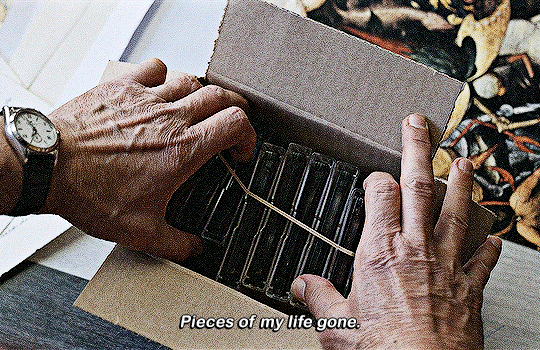
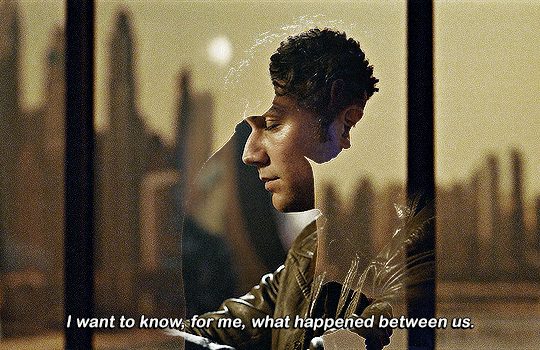
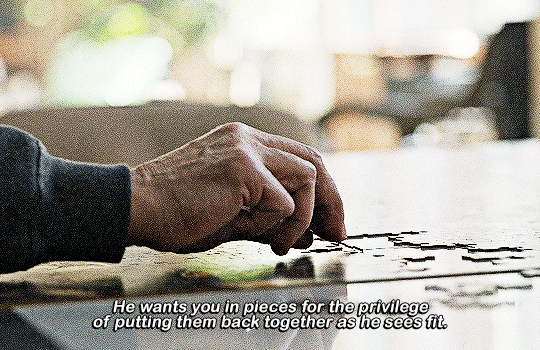

#Interview with the Vampire#loudaniel#danlou#Louis de Pointe du Lac#daniel molloy#iwtv#iwtvedit#tvedit#Vampterview#*gif#truth and reconciliation#there are so many parallels between them in s1 but i'll probably wait for s2 to make it#it will be a huge project. idk how to fit it all#this gifset would work better in video format but i got no programs nor experience#flashing gif
2K notes
·
View notes
Text
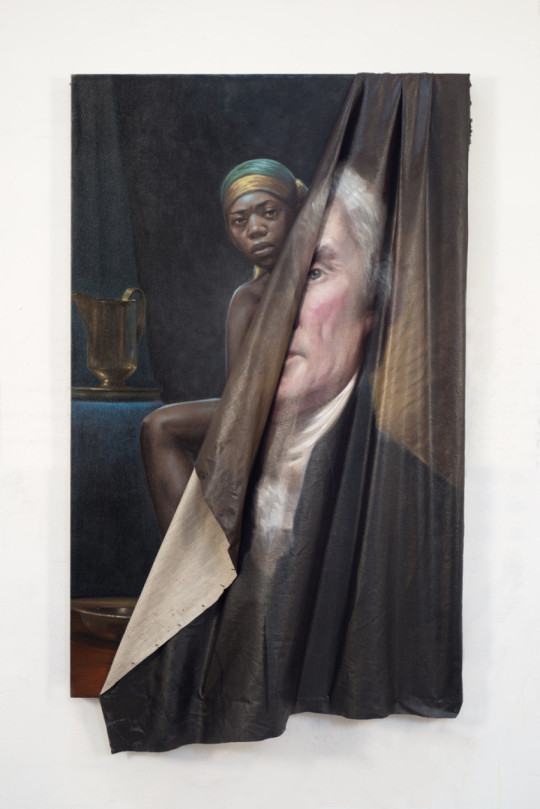
"Genetic analysis is indeed increasingly being used as a catalyst for reconciliation - to restore lineage, families, and knowledge of the past to make political claims in the present."
(The Social Life of DNA: Race, Reparations, and Reconciliation After the Genome by Alondra Nelson)
Biocapitalism:
I found the term "biocapitalism" intriguing and wanted to learn a little more. It is a new market that focuses on biological matters. The biotechnology extracts biological materials, such as plasma, blood, sperm, eggs, and treats them as commodities in the economic system. (Valdez, p. 13, footnote 39)
#blklifescience#mi#racial injustice#reconciliation project#social life of DNA#Alondra#huffpost#weighing the future#valdez.intro
0 notes
Text
Variants
Here are a few variations on that raise/lower calligraphy, colour-styled for a few justice-seeking and/or equity-seeking groups who I’m trying to be an ally and advocate for.
I’ve also attached a few black, grey and white versions that anyone familiar with blending modes like screen, multiply, add, lighten, darken etc should be able to tweak with their favourite pride flag, or their cause’s colours.
As always, image descriptions are in the alt text.


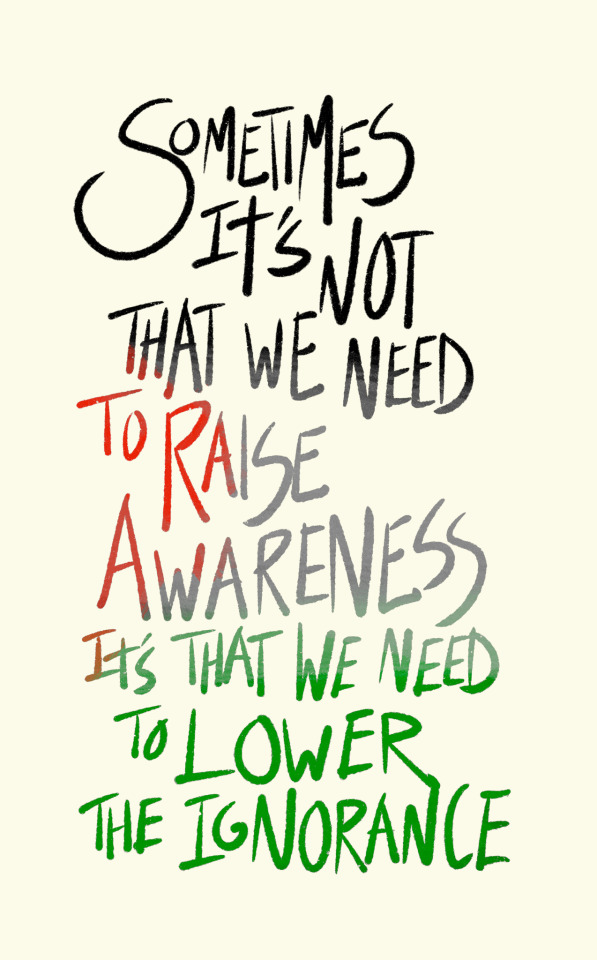
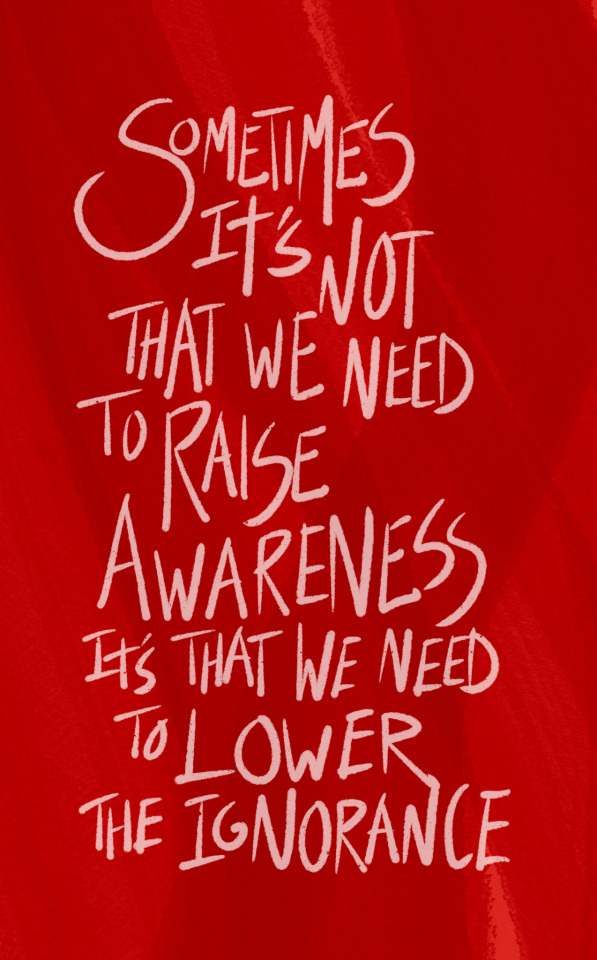

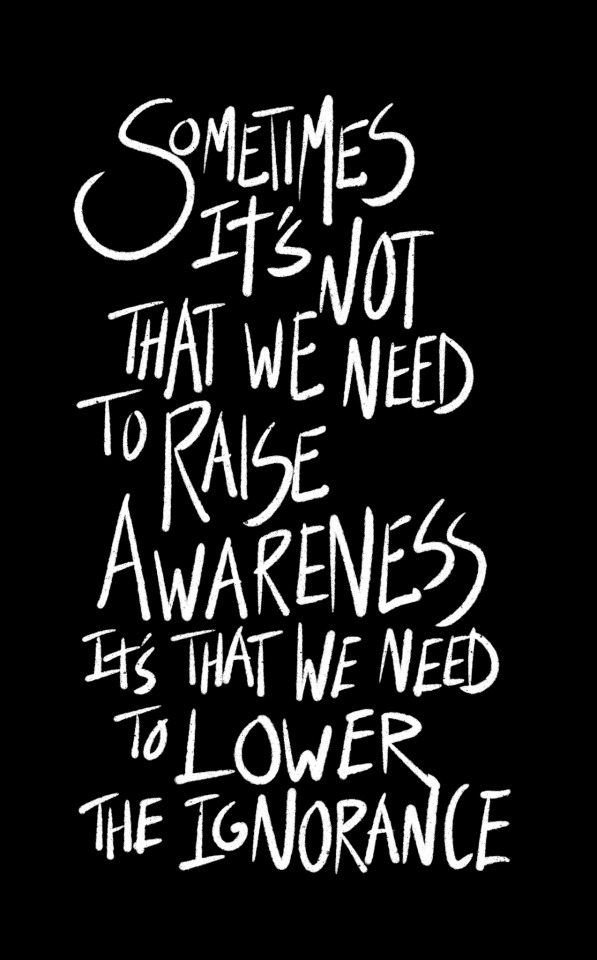


11 notes
·
View notes
Text


Model references for
Street Urchin (Kagamine Len) - Project Sekai: Colorful Stage!
#art references#art reference#model references#project sekai colorful stage#hatsune miku colorful stage#prsk#pjsk#project sekai#kagamine len#vivid bad squad#vbs#street urchin#Reluctant Reconciliation#dragaliaarchiveprsk
6 notes
·
View notes
Text
well. love senior sure was a show that i watched all the episodes of and is now over lmao [/end of review
#there is of course: more review down here in the bitch section:#twas shockin. absolutely skidded off the road in those last few eps from being mediocre but middling watchable to actively terrible#which if you watched it you know is me making a reference to the piss poor traffic adherence at love senior university#finale truly had it all: head trauma. amnesia. the male love rival when you were sleeping-ing one of the leads.#reconciliation after 2-3 eps of endless wank lasting all of 5 MINUTES AGH#anyway. some of the actresses were good enough that i'll look out for them in future non star hunter projects probably#and i was glad warang and prang got a kiss even if it was a widdle one#love senior
7 notes
·
View notes
Text
Still love the movie, but I'm sorting through some pretty complicated feelings about it.
The movie takes great lengths to justify Ariel's actions and..I mean we all knew that was going to happen. But what I'm getting out of this is that Ariel had to behave like a "more perfect victim" to deserve her autonomy, and that makes me profoundly sad.
They passed along Ariel's more abrasive traits to Eric, which I don't think was intentional but ouch those optics hurt. In-universe it works. I love 2023 Eric and kudos to Jonah for bringing him to life with both a reckless streak but a relatively clear head on his shoulders when it comes to his people.
I'm just...very sad about what that implies for Ariel.
#cw abuse#the little mermaid#tlm 2023#the little mermaid 2023#ariel#prince eric#I know I'm projecting onto this hard but it's just impacting me so strongly and I don't want to shit all over the movie#but holy shit#one huge step back for the parental reconciliation themes
16 notes
·
View notes
Text
bom 🤝 gayeon: the person i trusted the most thinks i'm a monster
ji 🤝 jaeseong: if i can just make everything else stronger what happened to her can never happen again
#jungle juice#s2e52#FHUAJNIHFUFUISDNAFJDSJFNJDIFNDHJ#TEARING NAILS DOWN MY FACE AND SCREAMING#(<- the good kind of screaming‚ i love poetic cinema‚ but i am in So much pain lmao)#what is it w jj women and eventually ending up on the other side of a battlefield w people they trust!!!!#what is it w jj men and projecting their pain to try and fix everything else!!! fuck!!!#haha guys what if bom and jaeseong's (hopeful) reconciliation is a mirror to how ji and gayeon will never do the same#i need to shut UUUUUP#i do love that even tho bom's going to NEST now she vandalized the jacket#her family's here sure but this place is no longer home
1 note
·
View note
Text
i am so emotionally well adjusted i just started crying over bruce giving jason a kiss on the head in ep 46 of the batfam webtoon...
#i spent the past month reading hood & batman reconciliation fics and crying TT_TT turns out redemptive father stories r my kryptonite#i also realized i dont love my own dad anymore lol#so i think i might be working through sth and projecting more than usual#personal
0 notes
Text
We Will Use All of Our Resources to Unravel This Mystery
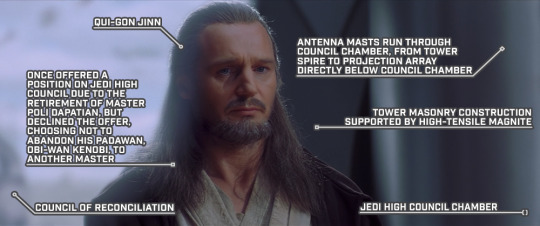
STAR WARS EPISODE I: The Phantom Menace 01:24:43
#Star Wars#Episode I#The Phantom Menace#Coruscant#Galactic City#Temple Precinct#Jedi Temple#Jedi High Council Chamber#Qui-Gon Jinn#Poli Dapatian#Jedi High Council#Obi-Wan Kenobi#Council of Reconciliation#antenna mast#projection array#high-tensile#magnite
0 notes
Text
Settler Historians Need More Education, Less Ideology: Rebutting Sean Carleton on Senator Lynn Beyak and Indian Residential Schools
By Michelle Stirling ©2023
Image licensed from Adobe Stock.
Have I been “Beyak-ed?”
Someone has tried to cancel the publication of this paper which rebuts claims made by Sean Carleton of the University of Manitoba, about a paper that he did about Senator Lynn Beyak’s efforts to have people recognize the enormous good that Indian Residential Schools provided for thousands of children. Yes. Some…

View On WordPress
#Alberta Prosperity Project#Canadian history#Canadian Senate#debunking residential school denialism#economy#FreedomTalk#genocide#Michelle Stirling#Sean Carleton#Senator Lynn Beyak#Truth and Reconciliation#University of Manitoba
0 notes
Text
To Regret It All
This colony ship was cleanest start for a new civilization out of any of Earth's attempts. Most included seeds for new societies in their designs; for example, the Hero's Journey kept many stories of old Earth alive, though the deterioration of their physical records means that most are now kept as oral histories or long-distorted fables. Some took the risk of cryogenically freezing their passengers and crew, though that rarely, if ever, worked. After all, everyone dies eventually.
To Regret It All, however, kept a strict divide between their passengers and crew, and replicated Earth's environments as closely as space allowed with rotational gravity and a massive tube-shaped biosphere. The second generation born on their long voyage did not even know they were on a spaceship, let alone why. The crew, once they ensured the ship would reach their destination - a planet as Earth-like as they could find - were frozen for any emergencies the ship's advanced autopilot could not handle. When To Regret It All reached its final destination, the crew was euthanized, and their whole section of the ship - including the autopilot AI - was ejected and destroyed. In this way, the civilization born of the Regret was something as wholly new as possible.
Of course, no one can escape the influence of their parents, despite the efforts of the Regret. Some believe that the passengers of the Regret are actually the closest people to those of old Earth, as they did not start over from a template or goal. They just kept living, albeit in a much more confined - and, well, cylindrical - space than a true planetoid. Others believe that the first generation of colonists instilled a certain value in originality and fresh ideas, rather than a true blank slate. Others still suspect that a certain ease of living permeated their early years, due to the lack of real danger built into To Regret It All, and the people's inability to truly explore their surroundings. Who is to say? We can only hope that the passengers and crew of the Regret rest easy, knowing that they did the best they could.
Though, after the autopilot and crew were killed, the colonists certainly had a very eventful landing.
#writing#drabble#short story#sci fi#creasers#this is actually the first colony ship i designed!#the whole colony ship idea kinda sprung from here#that and the idea of earth mythology that i love so much in sci fi#battlestar galactica. firefly. starstruck. good stuff#and I really do love a good tube ship#i think my next brain project for this place is thinking about what these people became#and a bit about what planet they ended up on and how that shaped what they became#lots of interesting worldbuilding to do :>#a few alternate names for the ship as an extra bonus treat for reading this long!#'Orpheus Looked Back'#'Tabula Rasa'#'Poppy's Embrace'#'Regret and Reconciliation'#'We Became Death'#'Regret's Cruel Sting'#'Stygian Water'#and my absolute favorite#'If Only I Could Turn Back Time'
0 notes
Text
bite-sized bits of practical things you are able to do - uncolonizing
#settlers take action#Truth Healing and Reconciliation#how to#are you an ally?#are you sure?#On Canada Project#indigenous people#indigenous land#land back#what truth?#what reconciliation?#so called 'canada'
0 notes
Text
“Bridges Over Battlefields: Pioneering Strategies for Sustainable Peace in Conflict Zones” is now on Amazon
by Artifakt Gallery

“Bridges Over Battlefields: Pioneering Strategies for Sustainable Peace in Conflict Zones” is a groundbreaking book that offers an innovative blueprint for achieving peace in regions marred by conflict. As an invaluable resource for psychologists, government officials, and NGO experts, it shines a light on the multifaceted nature of conflict and provides effective strategies to foster sustainable peace.
Key Takeaways
-Understanding the Spectrum of Conflict: Develop a comprehensive understanding of the varied dynamics of conflict, setting the foundation for strategic peacebuilding.
-Key Drivers and Stakeholders: Explore the underlying causes of conflict and the key players involved, paving the way for more nuanced, effective interventions.
-The Power of Community Engagement: Discover the immense potential of grassroots efforts in peacebuilding, and how local voices can resonate on a global scale.
-Approaches to Reconciliation and Trust-building: Learn effective methods for rebuilding trust in conflict-ridden societies, a crucial step towards lasting peace.
-The Power of Peaceful Communication: Grasp the impact of dialogue and diplomacy in the mediation process and their significance in averting violent outcomes.
-Strategies for Effective Bargaining: Acquire essential negotiation tactics that can facilitate agreement between conflicting parties.
-A Path to Inclusive Peace: Understand strategies for diffusing religious and ethnic tensions, fostering inclusivity and mutual respect.
-Harnessing Cultural Narratives: Delve into how cultural narratives and traditions can contribute to a shared vision of peace.
-Fostering Development Amidst Conflict: Understand the pivotal role of economic factors and development initiatives in building resilience within conflict-affected communities.
-The Future of Peacebuilding: Get insights into how peacebuilding is expected to evolve and prepare for upcoming challenges and opportunities in the field.
“Bridges Over Battlefields: Pioneering Strategies for Sustainable Peace in Conflict Zones” is a comprehensive guide to transforming zones of conflict into arenas of peace. It is an essential read for those involved in conflict resolution, peacebuilding, and international development. With a unique focus on the role of community engagement, reconciliation, inclusive peace processes, and innovative peacebuilding strategies, this book will equip readers with the knowledge and tools to pioneer sustainable peace in the most challenging contexts. As we navigate an increasingly turbulent world, let this book be your compass in the quest for lasting peace. Together, we can replace battlefields with bridges, fostering a future where peace prevails.
— — — — — — — — — — — — — — — — — — — — — — — — — — — — — — — — — — — — —
Grab your copy now on Amazon!
Kindle: https://www.amazon.com/Bridges-Over-Battlefields-Pioneering-Sustainable-ebook/dp/B0CCXBQDNL/ref=sr_1_19?crid=24W723U8OQ6G6&keywords=Peaceful+parent+happy+siblings&qid=1692822887&s=digital-text&sprefix=peaceful+parent+happy+siblings%2Cdigital-text%2C648&sr=1-19
— — — — — — — — — — — — — — — — — — — — — — — — — — — — — — — — — — — — —
For more books, please visit James Scott on Amazon.
You may also visit Embassy Row Project.
#ERP#Embassy Row Project#Artifakt Gallery#Bridges Over Battlefields#Sustainable Peace#Innovative Peacebuilding#Conflict Resolution#Community Engagement#Reconciliation Strategies#Building Trust#Inclusive Peace Processes#Future Of Peacebuilding#Transforming Conflict
0 notes
Text
A Precious Cornerstone
In many ways the enslaved were the cornerstones of our society, helping build a future while living the present, one day at a time.
Therefore thus says the Lord GOD, See, I am laying in Zion a foundational stone, a tested stone, a precious cornerstone, a sure foundation. ISAIAH 28:16
As a child I recall the “cornerstone laying ceremony” for the Episcopal church I grew up in c. 1964. Relocated less than a mile from it’s original wooden structure that was soon to be demolished for a highway coming through, it was a brick…

View On WordPress
#National Law Day#Racial Justice#racial reconciliation#slavery#St Matthew&039;s Episcopal Church Wilton#Wilton CT#Witness Stones Project
1 note
·
View note
Text
Peace-building through Art: Cultural Initiatives in Southeast Asia’s War-affected Regions
by Emancip8 Project

Promoting peace in war-torn regions is an intricate and multifaceted endeavor. Southeast Asia’s history of conflict presents unique challenges to peace-building practitioners. One innovative approach that has gained traction in recent years is the utilization of cultural initiatives and artistic expression to foster dialogue, healing, and social cohesion. This article examines the impact of art in peace-building efforts across Southeast Asia’s conflict-affected areas, highlighting the transformative power of creative expression in building lasting peace.
Cultural initiatives play a crucial role in addressing the deep-rooted grievances and traumas that arise from armed conflict (Cohen, 2005). Art, as a non-threatening medium, can enable individuals to explore and express complex emotions, fostering empathy and understanding between different groups (Lederach, 2005). In Cambodia, for example, the Amrita Performing Arts organization has developed contemporary dance performances to engage local communities in dialogue about the country’s violent past, while also preserving traditional art forms (Amrita Performing Arts, 2014).
Moreover, artistic expression can provide a platform for marginalized voices, empowering individuals to advocate for peace and social change (Boydell et al., 2014). In the Philippines, the Mindanao Peacebuilding Institute Foundation (MPI) has implemented community theater projects that enable Muslim, Christian, and indigenous communities to share their stories and perspectives, fostering mutual understanding and respect (MPI, 2017).
Art-based peace-building initiatives also contribute to psychosocial healing in post-conflict societies (Van der Brug & Verduin, 2012). The power of art to facilitate emotional expression and catharsis is particularly significant in communities affected by trauma, as it can help individuals process and make sense of their experiences. In Indonesia, for instance, the Center for Survivors of Violence and Torture has used art therapy to support survivors in their recovery process, promoting personal healing and reconciliation (Van der Brug & Verduin, 2012).
Furthermore, cultural initiatives can contribute to the development of social capital, promoting resilience and cohesion within communities (Kaplan, 2009). In Myanmar, the Turning Tables project has provided youth with music production and storytelling skills, enabling them to express their hopes and aspirations for peace while strengthening community bonds (Turning Tables, 2018).
Lastly, art can serve as a medium for peace education, promoting values of tolerance, nonviolence, and mutual respect (Boulding, 2000). In Thailand’s Deep South, the Patani Arts Space initiative has engaged local youth in art workshops and exhibitions, fostering a culture of peace through creative expression and dialogue (Patani Arts Space, 2016).
In conclusion, art and cultural initiatives offer a valuable and transformative approach to peace-building in Southeast Asia’s war-affected regions. By engaging communities in dialogue, empowering marginalized voices, facilitating healing, and promoting social cohesion, these initiatives contribute to building sustainable peace in the region.
References:
Amrita Performing Arts. (2014). About Us. Sourced from https://www.amritaperformingarts.org
Boulding, E. (2000). Cultures of Peace: The Hidden Side of History. Syracuse, NY: Syracuse University Press.
Boydell, K. M., Gladstone, B. M., & Volpe, T. (2014). Producing and Using Youth Mental Health Knowledge in Art Spaces. Qualitative Research in Psychology, 11(1), 102–119.
Cohen, C. (2005). Engaging with the Arts to Promote Coexistence. In M. Fitzduff & C. E. Stout (Eds.), The Psychology of Resolving Global Conflicts: From War to Peace (pp. 265–294). Westport, CT: Praeger Security International.
Kaplan, I. (2009). Social Capital, Conflict, and War. Journal of Conflict Resolution, 53(3), 447–467.
Lederach, J. P. (2005). The Moral Imagination: The Art and Soul of Building Peace. Oxford, UK: Oxford University Press.
Mindanao Peacebuilding Institute Foundation (MPI). (2017). Annual Report 2017. Sourced from https://www.mpiasia.net
Patani Arts Space. (2016). Our Programs. Sourced from https://www.pataniartsspace.org
Turning Tables. (2018). Turning Tables Myanmar. Sourced from https://www.turningtables.org/myanmar
Van der Brug, K., & Verduin, F. (2012). Psychosocial Interventions in Post-Conflict Settings: The Role of Art in Peacebuilding. In M. J. D. Jordans & K. E. Miller (Eds.), Mental Health in Armed Conflict: The Role of NGOs (pp. 63–74). New York, NY: Palgrave Macmillan.
Read more at Emancip8 Project.
#Southeast Asia conflict regions#Art and reconciliation#Post-conflict creative expression#Emancip8 Project#Cultural initiatives war-affected areas#Peace-building through art
1 note
·
View note
Text
Give your protagonist flaws.
Some examples of character flaws that can add humanity to your protagonist
Stubbornness
Stubbornness can cause your protagonist to cling to their viewpoints, even when they know they are wrong, often leading to conflicts with others. This trait can create dramatic tension and drive the narrative forward as the protagonist struggles with the consequences of their inflexibility.
Michael, a seasoned detective, refuses to consider new evidence that contradicts his initial theory about a case. His stubbornness leads to conflicts with his team and delays in solving the case.
Impatience
Impatience can make your protagonist demand immediate results, struggling with long-term goals or slower processes. This flaw can add layers to their journey, showing the difficulties they face in learning the value of patience and strategic planning.
Celeste, an aspiring entrepreneur, rushes the development of her new app, pushing her team to the brink. Her impatience results in a product that is not ready for launch, jeopardizing her startup's future.
Self-Doubt
Self-doubt, despite evident skills and achievements, can impair the protagonist's decision-making and actions. This internal conflict adds a relatable dimension, making their journey toward self-acceptance and confidence compelling.
Jordan, a talented musician, constantly questions his abilities despite receiving praise from peers and critics. His self-doubt hinders him from seizing opportunities that could advance his career.
Short Temper
A short temper can cause your protagonist to react aggressively to provocations or challenges, creating interpersonal issues. This flaw can drive subplots involving reconciliation, personal growth, and the learning of emotional control.
Maria, a brilliant surgeon, often lashes out at her colleagues and patients under pressure. Her short temper strains her professional relationships and threatens her career.
Selfishness
Selfishness can lead the protagonist to place their own needs and desires above others, costing them sympathy and support. This flaw can create opportunities for the character to learn empathy and the importance of selflessness.
Chris, a charismatic lawyer, often prioritizes his career over his family, missing important events and neglecting relationships. His selfishness alienates those who care about him, forcing him to reevaluate his choices.
Arrogance
Arrogance can make your protagonist overestimate their abilities and underestimate challenges, leading to dangerous or embarrassing situations. This flaw provides a platform for the character to learn humility and the value of listening to others.
Mandy, a top student, dismisses her classmates' ideas during group projects, believing she knows best. Her arrogance leads to friction and eventually to a significant mistake that humbles her.
Trust Issues
Trust issues can make it difficult for your protagonist to trust others, hindering teamwork and relationships. This trait can create tension and development opportunities as the character learns to open up and rely on others.
Liam, a former spy, finds it hard to trust anyone due to past betrayals. His trust issues complicate his relationships and collaboration with a new team.
Perfectionism
Perfectionism can lead your protagonist to set unrealistically high standards, never being content with their or others' performance. This flaw can drive stories about the struggle for balance and acceptance of imperfection.
Olivia, an artist, is never satisfied with her work, constantly striving for an unattainable level of perfection. Her perfectionism causes stress and burnout, affecting her creativity and personal life.
Fear of Change
Fear of change can make your protagonist cling to the familiar and avoid necessary or beneficial changes. This resistance can create narrative tension as they are forced to confront and adapt to evolving circumstances.
Jamie, a successful business owner, resists adopting new technologies or methods in his company. His fear of change threatens his business's relevance and growth.
Haunted by the Past
Being haunted by past mistakes or traumas can influence your protagonist's present behavior and decisions. This flaw adds a rich backstory and provides a path for emotional development and overcoming personal demons.
Zack, a war veteran, is haunted by his experiences in combat. His traumatic past affects his current relationships and decisions, leading him on a journey of healing and redemption.
#writing#writer on tumblr#writerscommunity#writing tips#character development#writing advice#oc character#writing help#creative writing#character background#character flaws#Flaws
1K notes
·
View notes